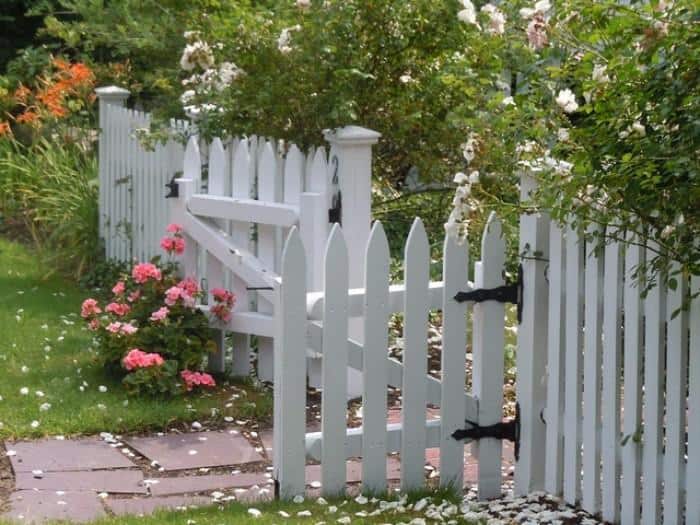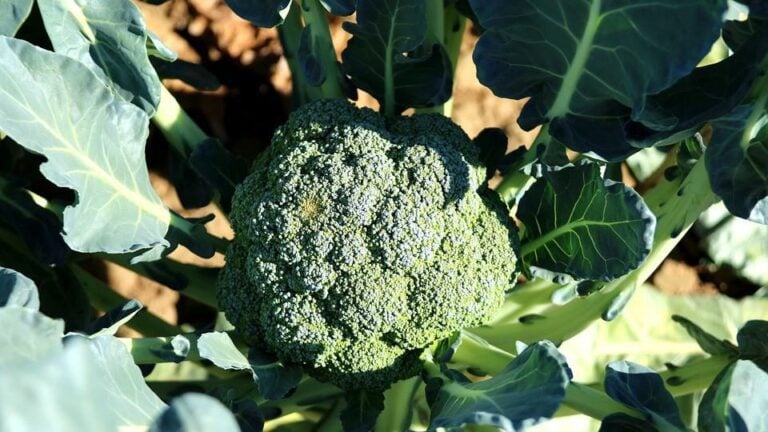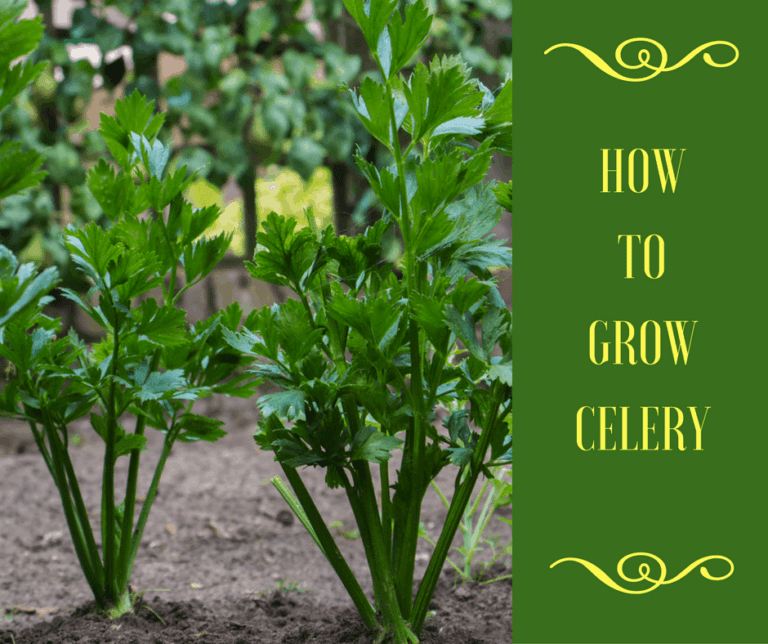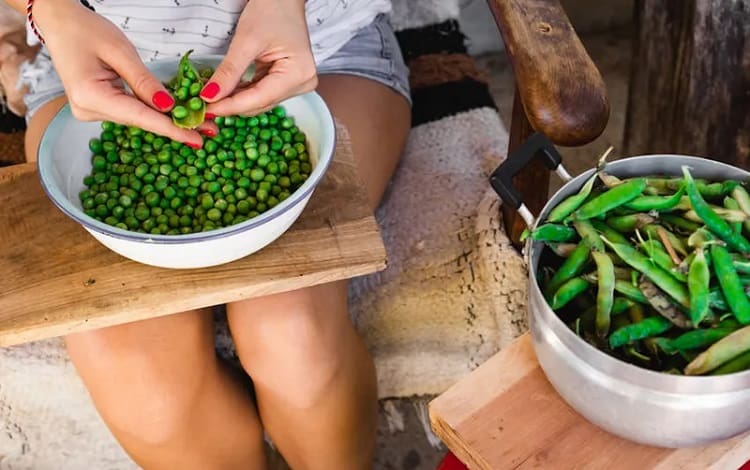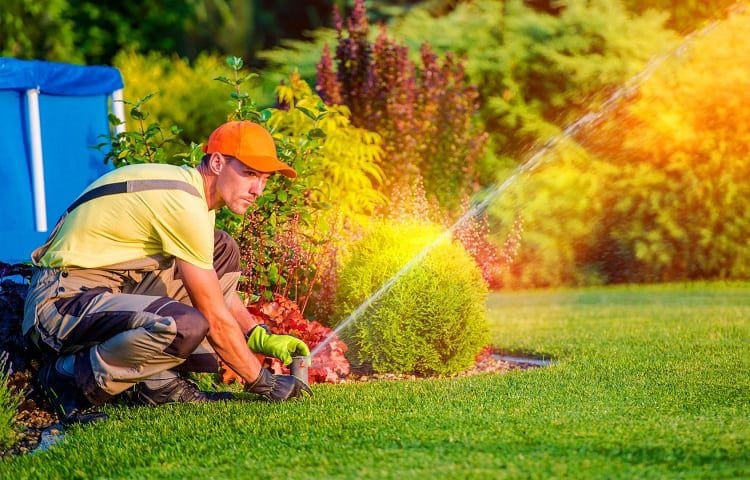How to Start Growing Mint
Whether you pick peppermint, spearmint or a flavored mint variety, mint can quickly take over your entire garden. To keep its growth in check, it’s best to plant mint in a container. You can sink the container into the soil, where it will prevent the plant from spreading out too much. Mint is easy to grow from a cutting or transplant and trickier to grow from seed. Once the plant is in the garden, it needs part to full sun as well as consistent moisture to stay healthy throughout the season.
Choosing Mint Varieties
When it comes to growing mint, you have much more to choose from than simply peppermint or spearmint. According to Harvest to Table, there are around two dozen different types of mint that you can grow in the garden.
Since most mint plants tend to be quite prolific and you’ll only need one or two to take care of your mint needs, choose the variety you’ll get the most use out of in cooking. The flavors of some types of mint mimic other foods.
For example, apple mint tastes like apples (and mint), basil mint has a hint of basil and chocolate mint tastes like a York peppermint patty, but in plant form.
Some mints are better suited for use as a tea, such as Moroccan mint and Japanese mint, both of which have a milder flavor than other mint varieties. Varieties such as pennyroyal have a very strong flavor and are often used for medicinal purposes, rather than for cooking.
No matter which type of mint you grow, most have the same growing requirements. As a perennial plant, mint is hardy in zones 3 through 8, which means it can survive the winter in those areas. All varieties of mint tend to be very fast growers and will quickly fill in an area of the garden, and then some.
How to Plant Mint
You can grow mint from seed, but not all varieties will come true when planted from seed. For example, hybrid varieties, which include flavored mints like chocolate mint and apple mint, won’t necessarily produce the same variety of mint when grown from seed. They should always be started from transplants or cuttings.
But if you have time, you can start peppermint or spearmint from seed. The plants take up to two weeks to germinate and usually have a slow start when grown from seed, but after a few months, they develop the rapid growth habit mint is known for.
In the above video, gardener Gary Pilarchik takes you through the process of planting mint seeds, starting the seeds in special grow cups. After a few weeks, he transplants the baby seedlings into slightly bigger cups before finally planting in the garden.
Planting Mint Cuttings
If you know someone who is growing mint, you can take a cutting from his or her plant and use that cutting to start mint in your own garden.
The video above shows you how to successfully take cuttings from an existing plant and prepare them for planting in your own garden. After a few weeks in a cup of water, the stem of the mint cutting will produce roots and will eventually turn into a full mint plant if you put in the garden.
Transplanting Mint
Whether you’re planting homegrown seedlings, a cutting or a transplant, choose the spot for your mint carefully. Mint actually prefers a bit of shade, so you don’t need to find a fully sunny spot in your garden. It needs fertile, moist soil, so it’s a good idea to mix some compost into the soil before planting.
When you do plant the mint, space each cutting or seedling about 18 inches apart, so that the plants have adequate space to grow and spread. Adding a layer of mulch on the top of the soil will help conserve moisture and will keep your mint happy through the growing season.
Why Plant Mint in a Container
Mint is known as an invasive and aggressive plant. It reproduced by putting out runners, both above and below ground. Even if you have plenty of room in your garden, it’s often recommended that you plant mint in a container, so that you have some control over its growth and so that it doesn’t try to crowd out the other plants in your garden.
One option is to plant mint in a container that’s about 18 inches wide and deep, then dig a hole in your garden large enough for the container and sink the mint and container into the hole. The pot around the mint controls its roots somewhat, but the mint still has the benefit of being grown in the ground.
https://youtu.be/v1-cboZBE10
The video from the University of Illinois Extension gives you an idea of what it looks like to grow mint in pots in the ground and further explains the benefits of doing so.
Caring for Mint
Mint can be a relatively hands-off plant. If you plant it in fertile soil and make sure it gets enough water, it will grow and grow through the spring, summer and fall. Your main focus when caring for mint is often pruning it and pulling it up to keep it from overtaking the rest of the garden.
Pruning Mint
You can harvest mint leaves through the season. Regularly cutting the stems and leaves from the plant will not only control its growth, but will also give you tastier mint leaves. The flavor of young mint leaves is stronger than the flavor of older leaves.
You can multiply your mint harvest by regularly pruning the plant. When mint starts to produce flowers, cut back all the stems to about an inch high. The plant will continue to grow, giving you a second and even third harvest.
Mint can be a deceptively easy plant to grow. It doesn’t need much attention from you. But you need to pay attention to it or else it will quickly overtake the rest of your garden.

